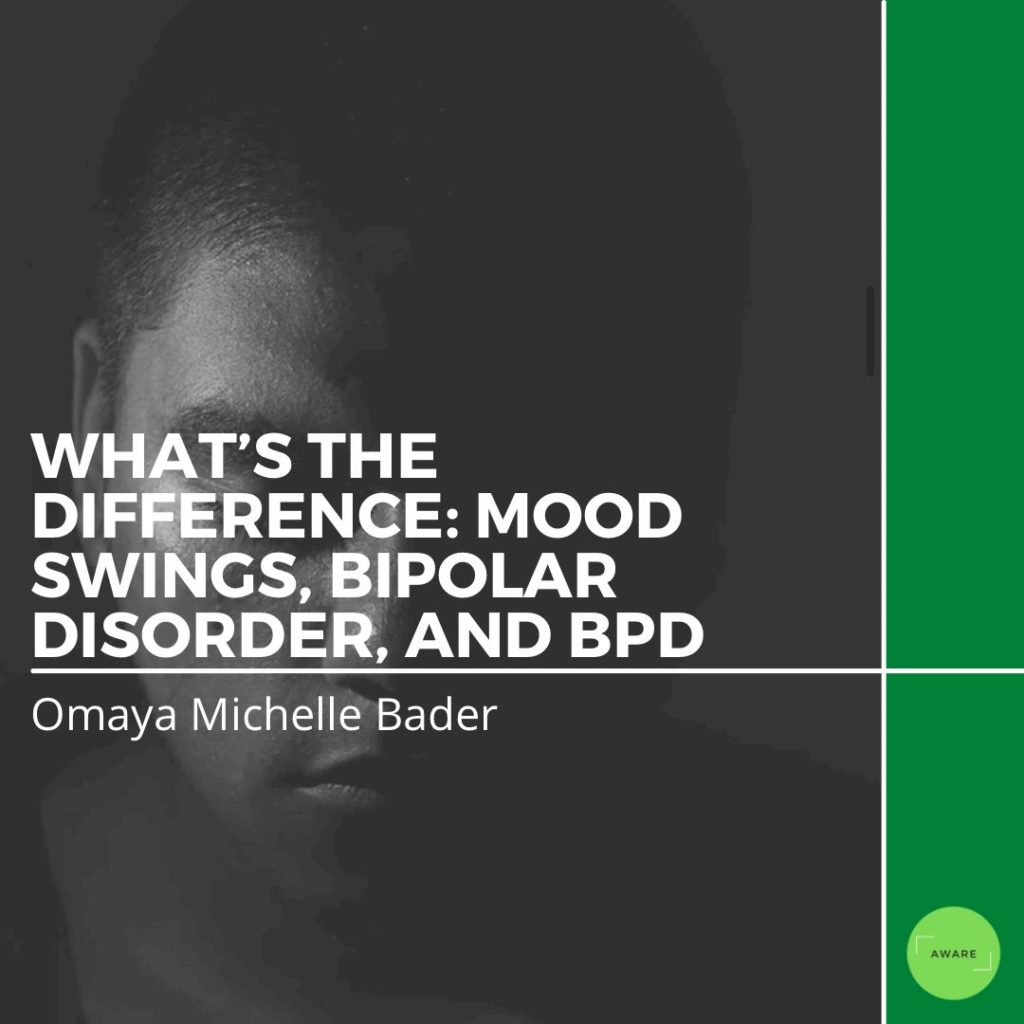Many of us tend to have those days where it feels like you are on top of the world only for it all to come crashing down. Sometimes, it has to do with a particular trigger that has impacted your emotions or even your hormones. Other times, it may even feel like it has happened for absolutely no reason whatsoever – which, of course, is completely normal. Unfortunately, due to the nature of particular mental health and personality disorders, many use the labels of these vulnerabilities to somewhat justify the drops in their mood.
“Ugh, I am so Bipolar.” “I swear, I am definitely Borderline.” How many times have you heard that from a friend or even family member when they seem to have had a mood swing? The popularization and normalization of using these mental health and personality disorders for comedic value can be quite detrimental to the mental health of those actually struggling with the disorder, in addition to stigmatizing these disorders even more within society. Dealing with vulnerabilities such as bipolar disorder or borderline personality disorder comes with a lot more than simple “mood swings”, and it is important to understand them in order to comprehend these particular impacts.
Mood Swings
First, as mood swings can be experienced by anyone, it is important to understand what they entail before delving into disorders and vulnerabilities that impact a smaller number of people in our society. Mood swings, put simply, is a common term used to describe rapid and intensely fluctuating emotions. One may experience a mood swing for a number of reasons – both simple and severe – from common day-to-day stress to an emotional trigger to hormone-related issues such as puberty, PMS, pregnancy, and menopause. It is not to say that mood swings caused by these effects are not to be taken seriously, but these are all completely normal and valid reasons to experience a mood swing.
Bipolar Disorder
According to Mayo Clinic, Bipolar Disorder causes extreme mood swings that include emotional highs that are referred to as mania or hypomania, and extreme lows that can allow the individual suffering to spiral into a depressive state. What is to be understood here is that an individual experiencing Bipolar Disorder does not fluctuate between emotions that can simply be referred to as “happy” or “sad”. Individuals who struggle with Bipolar Disorder may become fixated on these two particular “moods” for elongated periods of time, and they have detrimental effects on their mental, emotional, and even physical wellbeing.
So, what are these two states in Bipolar Disorder? In the manic phase of the disorder, it is common to experience feelings of heightened energy and creativity – some even describe this intense feeling as euphoric – so much so that the individual may feel invincible, causing them to take risks or partake in actions that may be detrimental to their health. On the other hand, when experiencing a depressive state, the individual may feel so depressed that it is paralyzing to them. It is believed that the two states are so severe due to the intensity of the highs and lows and the fluctuation between the two.
Borderline Personality Disorder
People who struggle with Borderline Personality Disorder experience several vulnerabilities that impact their mental health – “mood swings” being one of them. For those with BPD, mood swings are so common that they can fluctuate several times within short time spans – meaning a couple of hours or even a few minutes. According to Help Guide, “these mood swings are intense, but they tend to pass fairly quickly, unlike the emotional swings of depression or Bipolar Disorder.”
As this is a personality disorder, mood swings may range from feelings of excitement to lows of depression, anxiety, and more. Another aspect that influences mood swings within those with BPD is their habit of “splitting”. Those with BPD tend to characterize themselves, other people, and situations in black and white. In other words, they may suddenly characterize people, objects, beliefs, or situations as either all good or all bad, which can impact their mood when faced with one or more of these effects.
